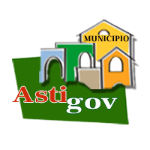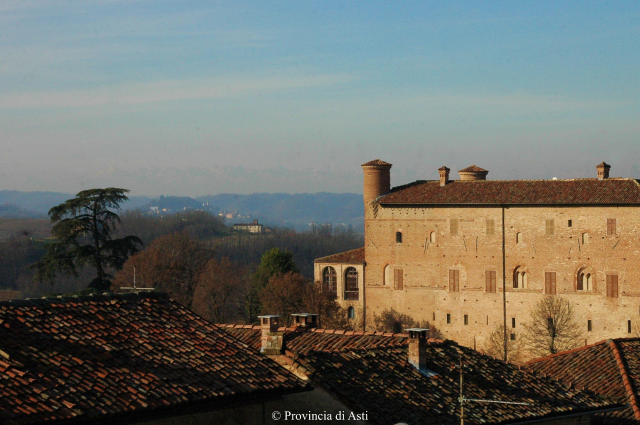Bruno
Last update 30 January 2024
Hills, fertile plains, and noble Piedmontese “cru” in the shadow of the Castle where mythology triumphs: Bruno conquers international tourism
Landscape
Bruno lies in the High Monferrato.
It is about 34 km from Asti, the provincial capital.
History
Bronze Age
The discovery of archaeological finds dating back to 1000 B.C. would confirm the presence of inhabited settlements in the territory now occupied by the municipality of Bruno.
The foundation of Bruno
Historians date the founding of Bruno to the 4th century BC.
From the Marquises of Monferrato to the Italian Republic
According to Scrivanti, author of the research on the historical records of Bruno, the long history of Bruno can be divided into five periods.
- 967 ca–1305: Aleramica dynasty
- 1305–1533/36: Paleologa dynasty
- 1526–1708: Gonzaga dynasty
- 1708–1943: Savoy dynasty
- 1943–today: Italian Republic
Notes: historical notes taken from the text by Scrivanti Franco (original text written in Italian. Historical notes taken, in turn, from the volume: Petitbon, Vito. Bruno un'isola nel Monferrato. Proloco di Bruno, 2000, www.ibs.it/bruno-isola-nel-monferrato-libri-vintage-vito-petitbon/e/5000000479243), published on a previous version of the institutional website of the Municipality of Bruno (Comune di Bruno, Cenni storici, Comuni in rete by CST Provincia di Asti © 2003-2010 — Bruno) — http://www.comune.bruno.at.it
Administration
Food and wine and typical products
Cultivation of corn, wheat, forage are reported.
Typical wines are Barbera and Muscat.
There is also no shortage of apple, peach, walnut, and hazelnut cultivation.
To be seen
The Castle of the Marquises Faà (Castello dei Marchesi Faà) is a typical mansion (privately owned).
The Church of Our Lady of the Annunciation (Chiesa di Nostra Signora Annunziata), a parish church, was erected on the site of an ancient cemetery.
The square facing the parish church, the Belvedere Don Andrea Ivaldi, is one of Bruno's most fascinating viewpoints.
Moreover, worth seeing, is the Church of Our Lady of Mercy (Chiesa della Madonna della Misericordia), patroness of Bruno's Alpini troops and Alpine Rescue.
We also report on the territory La Peschiera, a natural reservoir that extends for about 4000 square meters, and the former kindergarten building.
Insights
“Punti di Interesse”. Comune di Bruno, www.comune.bruno.at.it/it/point-of-interests. Last accessed Jan. 5, 2024.
Curiosity
The splendid “Sala delle Feste” of the Castle of the Marchesi Faà, frescoed with paintings recalling Olympus and the profane, is the object of “censure” by Blessed Francesco Faà.
In his will, he asked for intervention on the “most indecent” figures of nudity.
Data source
- Synthesis / reprocessing information taken from the institutional website (current and previous versions) of the Municipality of Bruno — https://www.comune.bruno.at.it/
- Cover image source: Provincia di Asti — https://www.provincia.asti.it
Insights
BeWeb - Beni Ecclesiastici in WEB
https://beweb.chiesacattolica.it/
Catalogo Generale dei Beni Culturali
https://catalogo.beniculturali.it/
Centro Interuniversitario di Storia Territoriale "Goffredo Casalis"
https://www.archiviocasalis.it/
Ente Turismo Langhe Monferrato Roero
https://www.visitlmr.it
Wikipedia, l'enciclopedia libera.
https://it.wikipedia.org
- Bruno (Italia)
https://it.wikipedia.org/wiki/Bruno_(Italia)
See also
News from Bruno
- Discover the latest news posted on the website of the Municipality of Bruno
https://www.comune.bruno.at.it/it/news
Events in Bruno
- Discover the events posted on the website of the Municipality of Bruno
https://www.comune.bruno.at.it/it/events

